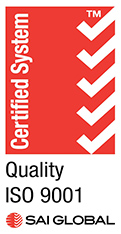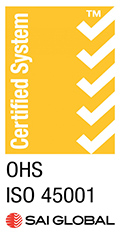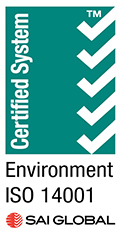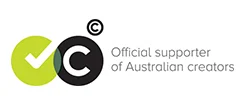2022 Tax Time Update for Individuals, Companies and Small Business
It’s coming to the end of the financial year and you know what that means, time to find all those receipts that you squirrelled away throughout the year and review your ingoing’s and outgoings, what you can claim and what you need to include in this year’s return.
There have been a few changes we’re going to cover here. We’re going to review what you need to do to claim back a COVID-19 test, changes for companies and key information for small business.
Key Changes for individuals
This financial year 2021 to 2022 was, for many people, fraught with personal struggles and the impact of COVID-19. As such our tax returns this year may be a little more complicated than usual. There are some key changes to keep in mind which we are going to run through below.
COVID-19 payments
As an individual you may have received a COVID-19 disaster payment between 2021 and 2022 because the restrictions of state or territory health orders meant you couldn’t work. That payment is exempt from income tax, and you don’t have to include the payment in your tax return.
However, if you received the pandemic leave disaster payment during this last financial year, it will need to be included in your tax return as income. These payments were made to individuals who were unable to work because they either;
- had to self-isolate or quarantine at home
- Or they were caring for someone with COVID-19
If you’re not sure how much it was, Services Australia should either have told you or will tell you the amount.
Deductions for COVID-19 tests
This one will come as a welcome relief to anyone who must test regularly for work. You’re going to be able to claim back the cost. Now this deduction will only apply if you used the test for a work-related purpose, like testing to see whether you could attend your workplace.
If you are going to claim a deduction for a COVID-19 test, it will need to be a test in the Australian Register of Therapeutic Goods, such as a polymerase chain reaction (PCR) test or a rapid antigen (RAT) test.
You will also need records to prove that you incurred the cost (a receipt) and that you were required to take the test for work purposes. While we’re on this one, remember to ONLY claim back the portion of the expense that is work-related. This means if you had to buy a five pack to do the test for work you can only claim 1/5 of the cost of the five pack as you used one test.
Keep in mind that you can’t claim a deduction for the cost of a COVID-19 test if it was used for private purposes such as to test your children before they returned to school, or you worked from home and did not intend to go into your workplace and obviously if you’re employer provided the test or reimbursed your test expense.
And this deduction is only applicable to the cost of the work required test and not the cost of driving or parking to get the test.
There are some more changes for individuals, you’ll find this information here.
Key Changes for Companies
2021 – 2022 has been a huge year for small and big businesses alike. With restrictions lifting, new variants popping up, rules changing and a change of government, it’s been a hectic twelve months. Here are the tax time changes coming this financial year for companies.
Temporary full expensing has been extended to 30 June 2023
Back in 2020, the Australian Government introduced some temporary tax incentives, and this was intended to help businesses deal with the impact of COVID-19. Not all of these have been extended, however one of these temporary tax incentives – the Temporary full expensing has now been extended for eligible businesses until June 2023.
Basically, what this means is that corporate tax entities using the alternative income tax to determine their eligibility for the temporary full expensing can now include the cost of the depreciating capital works assets. This specifically applies when the cost of the depreciating assets for 2016 – 17, 2017 – 18 and 2018 – 19 combined exceeds $100 million. You can get more information on this here.
The Low Carry Back Tax Offset Tool
If you are eligible, you can now use the loss carry back tax offset tool to help you work out if you meet the eligibility requirements to claim the loss carry back tax offset and how much you can claim for the refundable tax offset. This tool will also produce the labels you’ll need to provide when making your claim for your 2022 Company tax return.
Changes to the Research and Development tax incentive
The Research and Development tax incentive is designed to encourage companies to engage in research and development that will benefit Australia. This incentive provides eligible companies with a tax offset for eligible Research and Development activities. The incentive offers a refundable tax offset for specific eligible entities whose aggregated turnover is less than $20 million. There is also a non-refundable tax offset for all other eligible entities.
The changes coming to this R & D incentive apply to how it’s calculated, the expenditure thresholds and integrity measures, they apply from July 2021.
New or changed items in 2022 Company tax return
There are some changes and some new items in the 2022 Company tax return including changes to capital allowances, loss carry back and development R& D tax incentives which we covered earlier in this article.
There are new labels for some of these changes you can check them out here.
Key Information for Small businesses
The ATO does a stellar job of keeping their pages updated and this year they have included a tax time small business tool kit that you can check out here.
JobKeeper payments
While the JobKeeper payment scheme finished on 28th of March 2021, this scheme has been amended so that some eligible businesses will be able to receive a JobKeeper payment after 31st March 2022. You can read more about JobKeeper here.
Cash flow boost credits
You don’t pay tax on cash flow boost credits. They are non-assessable, non-exempt income but how you report these amounts is going to depend on your business structure.
So, your cash flow boost credits don’t need to be included in your tax return but if you have included amounts in your gross income for tax purposes, you can add them in at these points;
- Item P8 business income and expenses
- Item 5 as other business income
- Item 6R the gross income and item 7Q income not included in assessable income for company tax returns.
You can learn more about your cash flow boost credits and how to lodge them here.
Government payments
If you have received a grant or payment as a response to the recent natural disasters, you might need to include it in your assessable income. You check here to see the grants and payments and here to see which ones will need to be included.
The Single Touch Payroll
You probably heard about the Single Touch Payroll or STP system. With this system you can report your employee’s payroll information to the ATO each time you pay them through STP-enabled software.
The Single Touch Payroll system launched on July 1, 2018, for those companies with 20 or more employees and then on July 1, 2019, for those companies with 19 or less employees. If you’ve not taken advantage of this system yet, you should get onto it as soon as possible.
It is a requirement that employers make an end-of-year finalisation declaration through the Single Touch Payroll system, and you need to do this by 14th of July.
You can find more out about the Single Touch Payroll system here.
And that’s a wrap on the changes and tips for this tax time. We hope you’ve found this article helpful. Remember you can find a lot of great resources for tax time on the ATO website.


